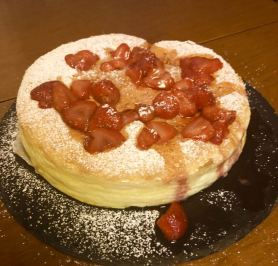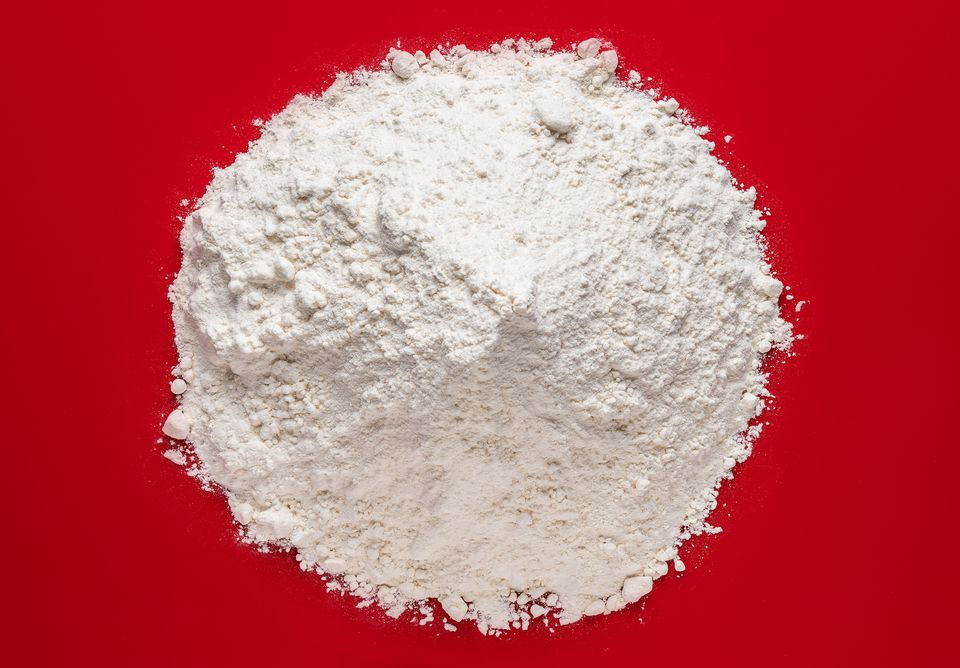Cake Faults
- Chloe Z.

- Jan 24, 2020
- 2 min read
Updated: Jan 31, 2020
Oh, no! Your cake turned out to be a disaster! But you're certain you followed the recipe exactly, so what could have happened? Here are some of the most common cake faults and their causes.

(Image credit: https://www.clumsycakes.com/cake-fails/)
Cracked Top

(Image credit: https://carenshare.zindagisikhati.com/vegan-bundt-cake/)
This may be a sign that your oven was too hot. Even if you set it to the same temperature in the recipe, some ovens can be kind of finicky (like my own). If you're trying out a new recipe, I'd recommend watching the cake carefully once it's in the oven, and maybe letting it bake for a bit less than the suggested time.
If the oven isn't the problem, it could be because you added too much baking powder or baking soda, which can cause the cake to rise more than necessary and burst through the crust.
On a similar vein, it could also be that the baking pan was too small, so because the cake doesn't have much room to expand, it has no place to go but up, which again breaks through the crust.
Fruit Falling to the Bottom

(Image credit: https://twitter.com/mrmalky/status/740672774490980354 )
A lot of times, you'll find that the culprit is the fruit itself. Canned fruits, such as cherries, tend to be soaked in syrup, which not only adds additional sweetness, but makes the fruit heavier. This causes them to sink to the bottom of the cake during baking, instead of remaining suspended throughout the cake. A good solution to this would be to soak the fruit in lukewarm water for a few hours or even overnight, so that the syrup gets washed off. I especially like to do this with the cherries, as it makes them really juicy, and the overwhelming sweetness from the syrup is replaced with the fruit's milder natural sweetness.
However, if it's not the fruit, it could be the type of flour you used. Cake/Pastry flour, commonly used for light cakes, would not be suitable for something with a dense batter, like fruitcake. It just wouldn't be strong enough to support the weight of the fruit. Your best bet is to go with bread flour, which, despite the name, is perfect for fruitcake. You could use all-purpose flour, just not if the recipe specifically calls for bread flour. I might discuss the differences between the flour types in greater detail in another post.
Sunken in the Middle

(Image credit: https://qph.fs.quoracdn.net/main-qimg-f1f07a60869986ec10b0a05ea7bd88db.webp)
I find this one to be one of the more soul-crushing faults, as they usually occur solely because of the baker's doing.
Specifically, this fault can result from opening the oven too much or for too long during baking, which prevents the cake from rising properly. It could also be that the oven temperature was too low, so the cake wasn't ready after the suggested amount of time.
When you get a cake like this, your best solution is to level the top of the cake (either with a knife or an actual leveler), and after ensuring that it's baked through, cover it with frosting. It'll taste great and no one will be the wiser.
Thank you so much for reading, and I hope you learned something!






Comments